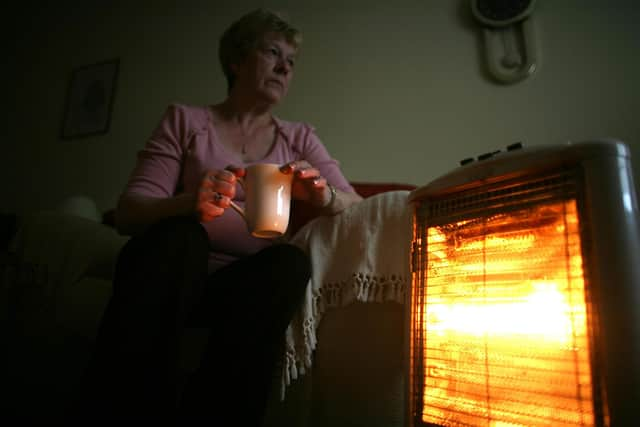Cost of living crisis is making existing health inequalities even worse, with people living in poverty and racially minoritised groups hit hard – Dr Gwenetta Curry
These conditions exacerbate the health inequalities plaguing the most vulnerable populations across the country. According to the Office for National Statistics, the consumer prices index rose by 11.1 per cent in the 12 months to October. The last time the figure was higher was in October 1981 when it was 11.2 per cent.
The rises in food and energy costs have had a major impact on everyone in the UK with some families having to choose between food and heating their homes. Higher energy prices were thought to be the biggest driver in increasing inflation and the rate would have jumped to 13.8 per cent if the UK Government had not introduced a cap on household power bills.
Advertisement
Hide AdAdvertisement
Hide AdAs with most things, certain communities have been and will continue to be disproportionately affected by the current crisis which could ultimately lead to increases in health inequalities. Previous research has linked poverty to an increased risk of poor health outcomes.
Thirty per cent of adults between the ages of 18 and 55 living in households in persistent poverty and 25 per cent living in poverty reported their health as being less than good, compared to 15 per cent of those not living in poverty. Poverty increases your risk of poor health due to lack of access to healthy food as well as the increased amount of stress you experience.
While everyone is going to experience stress at some point in their lifetime, the impact of stress on health outcomes occurs due to extended exposure to it. This has been linked to an increased risk of hypertension, type-2 diabetes, heart disease and poor mental health.
A Scottish Government report published last week on the cost-of-living crisis noted that certain groups are over-represented in low-income households, most notably racially minoritised groups as well as women and disabled people. They are more likely to live in larger households, live in private rented accommodation and be unpaid carers.
And, overall, unpaid carers have to spend a larger proportion of their income on energy costs to keep the person they are caring for warm and manage their condition, on top of higher transportation costs and higher food bills due to the nutritional requirements of the person they’re looking after.


Recent data has indicated that nearly one in four families where someone is disabled is behind on at least one bill or payment and four per cent are behind on three or more. Disabled persons are often forced to use more energy for medical reasons and to charge life-saving medical devices. The increased energy bills will have a direct impact on the health and well-being of these populations.
While some measures are being put in place to help decrease the economic burden the crisis is having across the country, there remains an urgency to address the existing health inequalities across the country. Providing adequate resources to prevent poor health outcomes should remain a top priority for policy-makers.
Dr Gwenetta Curry is a lecturer in race, ethnicity, and health at the University of Edinburgh
Comments
Want to join the conversation? Please or to comment on this article.
